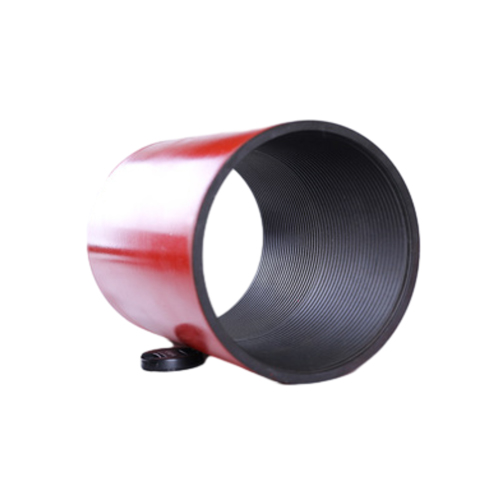- Afrikaans
- Albanian
- Amharic
- Arabic
- Armenian
- Azerbaijani
- Basque
- Belarusian
- Bengali
- Bosnian
- Bulgarian
- Catalan
- Cebuano
- Corsican
- Croatian
- Czech
- Danish
- Dutch
- English
- Esperanto
- Estonian
- Finnish
- French
- Frisian
- Galician
- Georgian
- German
- Greek
- Gujarati
- Haitian Creole
- hausa
- hawaiian
- Hebrew
- Hindi
- Miao
- Hungarian
- Icelandic
- igbo
- Indonesian
- irish
- Italian
- Japanese
- Javanese
- Kannada
- kazakh
- Khmer
- Rwandese
- Korean
- Kurdish
- Kyrgyz
- Lao
- Latin
- Latvian
- Lithuanian
- Luxembourgish
- Macedonian
- Malgashi
- Malay
- Malayalam
- Maltese
- Maori
- Marathi
- Mongolian
- Myanmar
- Nepali
- Norwegian
- Norwegian
- Occitan
- Pashto
- Persian
- Polish
- Portuguese
- Punjabi
- Romanian
- Russian
- Samoan
- Scottish Gaelic
- Serbian
- Sesotho
- Shona
- Sindhi
- Sinhala
- Slovak
- Slovenian
- Somali
- Spanish
- Sundanese
- Swahili
- Swedish
- Tagalog
- Tajik
- Tamil
- Tatar
- Telugu
- Thai
- Turkish
- Turkmen
- Ukrainian
- Urdu
- Uighur
- Uzbek
- Vietnamese
- Welsh
- Bantu
- Yiddish
- Yoruba
- Zulu
Designing Efficient Bull Plug Pipe Arrangements for Enhanced Flow and Space Optimization
Understanding Bull Plug Pipe Layouts in Industrial Applications
In industrial settings, especially in the oil and gas sector, the efficient management of fluid transport is crucial. One key component in this system is the bull plug, which plays a vital role in maintaining the integrity of the piping layout. The bull plug pipe layout is designed to optimize the flow of fluids while ensuring safety and efficiency.
What is a Bull Plug?
A bull plug is a type of pipe fitting that is used to seal the end of a pipe. It is typically used in situations where an end cap would be insufficient due to the internal and external pressures involved. Bull plugs are particularly important in systems that require a strong and secure closure, as they can withstand substantial force. They are often made of materials such as steel, stainless steel, or plastic, allowing them to be adapted to various environments, whether corrosive or high-pressure.
Importance of Pipe Layouts
The layout of piping systems is critical for the overall performance of any industrial operation. A well-designed pipe layout ensures optimal flow rates, minimizes pressure losses, and reduces the potential for leaks. In addition, it allows for ease of maintenance, which is essential for avoiding downtime in production. In many applications, especially in complex systems involving many bends and fittings, the placement of bull plugs can significantly affect the efficiency of the entire system.
Design Considerations for Bull Plug Pipe Layouts
bull plug pipe layout

When designing a bull plug pipe layout, several factors must be considered. First, the intended application and operating conditions must be defined. This includes understanding the types of fluids being transported, the pressure and temperature ranges, and the potential for corrosive interactions with the pipe materials.
Next, the location of bull plugs within the piping system must be strategically planned. Their placement should allow for easy access during maintenance operations without disrupting the flow of production. Furthermore, considering the flow dynamics can prevent areas of stagnation, where fluids may pool and lead to unwanted chemical reactions or bacterial growth.
Another critical aspect is ensuring that the bull plugs fit properly within the pipe connections. Poor fitting can lead to leaks and other failures. It is essential to use high-quality materials and precise manufacturing techniques to ensure that bull plugs create a tight seal under pressure.
Safety Standards and Regulations
Safety is paramount in any industrial setting, and the installation of bull plugs must adhere to stringent safety standards and regulations. These standards ensure that all components of the piping system, including bull plugs, can withstand the operational demands without risk of failure. Operators must stay informed about the latest safety guidelines, such as those outlined by organizations like the Occupational Safety and Health Administration (OSHA) and the American Petroleum Institute (API).
Conclusion
In conclusion, the bull plug pipe layout is a critical aspect of designing fluid transport systems in industrial applications. It involves a careful consideration of materials, design configurations, and safety standards to ensure reliability and efficiency. By understanding the role of bull plugs and effectively integrating them into piping layouts, industries can optimize their operations, enhance safety protocols, and reduce maintenance costs. As technologies evolve, ongoing research and development will likely lead to even more effective designs and applications for bull plugs in various sectors.
-
Tubing Pup Joints: Essential Components for Oil and Gas OperationsNewsJul.10,2025
-
Pup Joints: Essential Components for Reliable Drilling OperationsNewsJul.10,2025
-
Pipe Couplings: Connecting Your World EfficientlyNewsJul.10,2025
-
Mastering Oilfield Operations with Quality Tubing and CasingNewsJul.10,2025
-
High-Quality Casing Couplings for Every NeedNewsJul.10,2025
-
Boost Your Drilling Efficiency with Premium Crossover Tools & Seating NipplesNewsJul.10,2025







